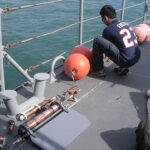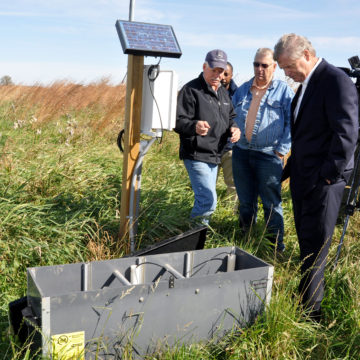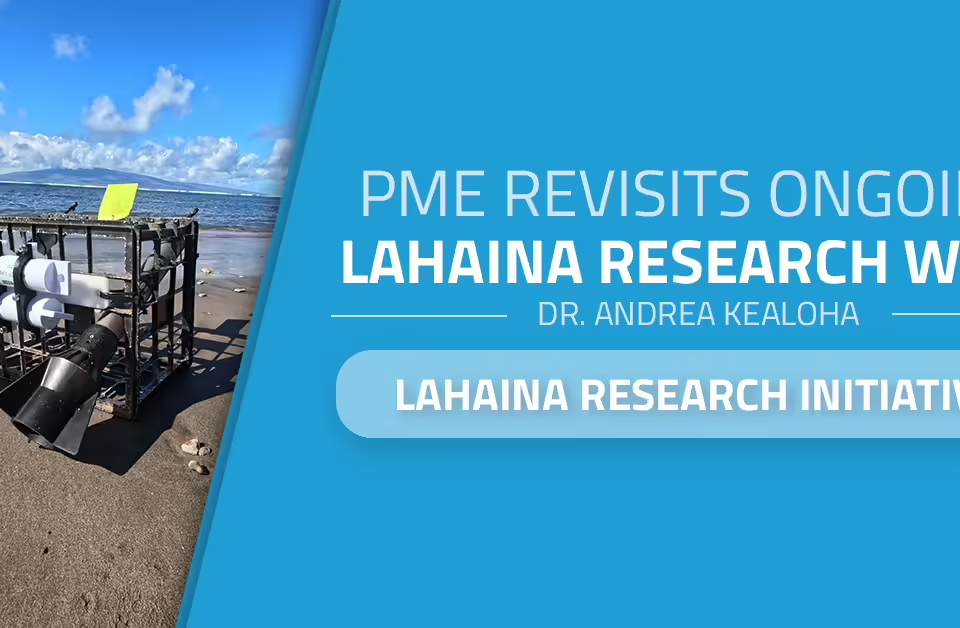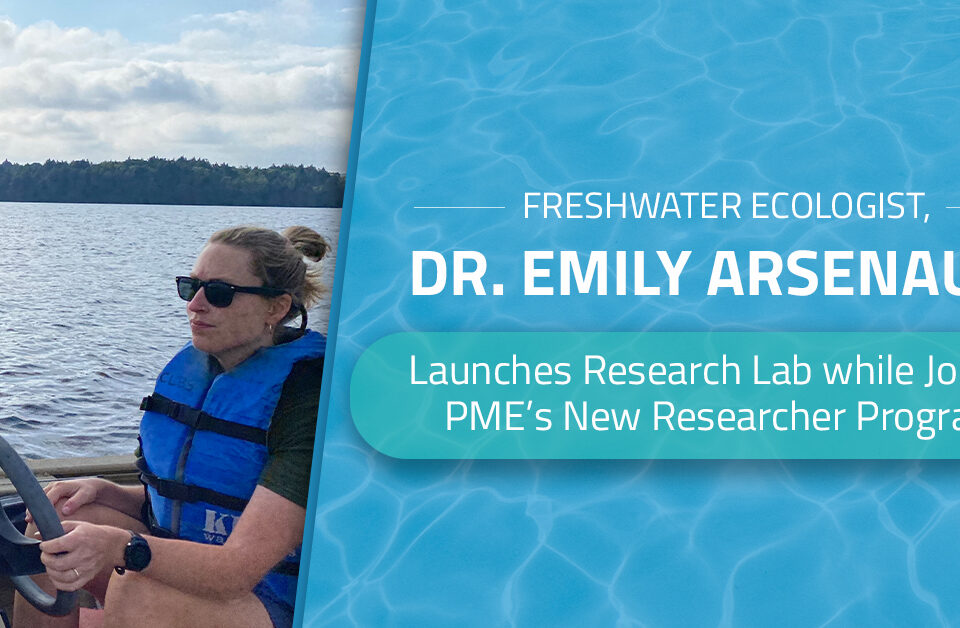
Why We Need More Data On Ocean Health
March 9, 2017
Cyclops-7, miniDOT loggers used to study shamal air currents
April 5, 2017
Hearing about the solutions being brought forward for environmental issues is always a refreshing change from the dire news of continuing problems. This federal program from the United States Department of Agriculture helps combat the aquatic dead zones that have plagued the Gulf of Mexico and other areas.
What are dead zones?
Dead zones, or hypoxic zones, occur when a region in a lake, ocean, or estuary is deprived of oxygen, killing or driving away all oxygen-breathing life within. Usually, dead zones are caused by massive blooms of algae, which then die and sink to the bottom, where bacteria consume them, sucking oxygen out of the water in the process.
Explosive algae blooms are fueled by nutrients such as nitrogen and phosphorus that enter waterways as runoff from agriculture, sewage, or fossil fuel burning. Most dead zones are associated with estuaries where population density is high. They occur all over the world, but the extent of many is not known.
CLEAR initiative helps farmers help bacteria scrub soil
The CLEAR (Clean Lakes, Rivers, and Estuaries) initiative, a new program by the USDA’s Farm Service Agency, was announced in December 2016. The program will cover up to 90 percent of the costs for farmers to install bioreactors and saturated buffers, which will help reduce nitrogen runoff into at-risk waterways.
CLEAR builds on the Farm Service Agency’s Conservation Reserve Program, which was signed into law by President Ronald Reagan in 1985. According to the USDA, the program has reduced nitrogen and phosphorus runoff by 95 and 85 percent, respectively.
Bioreactors and saturated buffers both use naturally occurring soil bacteria to remove nitrogen from water, but in different ways. A bioreactor runs water through an underground bacteria-colonized carbon source, such as wood chips, before discharging it. Saturated buffers filter water through a natural bank along a drainage ditch.
Sustainable agriculture a moving target
Like many environmental issues, dead zones have economic costs associated with them. Hypoxia is a human issue, associated with:
- Volatile shrimp prices in the Gulf of Mexico
- Ongoing Chesapeake Bay pollution
- Devastating effects on fish farms
Changes in hydrology and ocean mixing due to climate change pose increasing challenges for managing hypoxia, but helping farmers with solutions to reduce nutrient runoff is one of the best ways to protect our estuaries.
We must remain vigilant on estuary health, and monitoring is a part of that process. PME’s miniDOT® Logger can track dissolved oxygen and temperature accurately and conveniently for extended periods, and the Cyclops-7 Logger can be fitted with sensors that measure blue-green algae and many other indicators.
Seeing the CLEAR initiative helping farmers address our collective environmental needs is encouraging to anyone who cares about estuary health.






